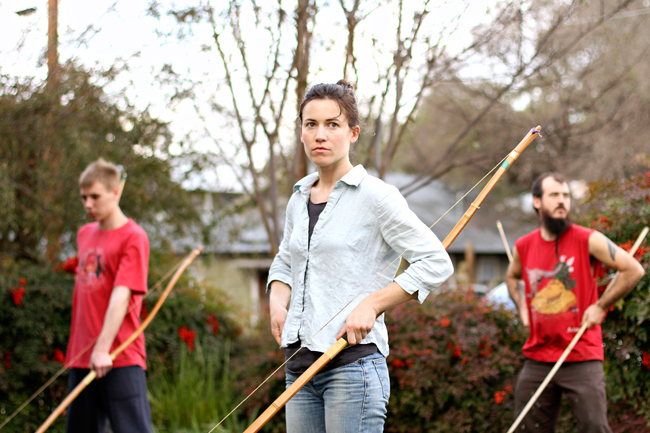The Shambhala lesson of the day is love. The instruction begins, and rather than dive into a lecture on Buddhism and the nature of love, each group member recalls a particular moment of kindness in his or her life. The circle laughs, claps and celebrates these simple everyday acts of kindness. A sense of calm washes over the room, and the meditation begins.
The Shambhala Center of Austin teaches the basic tenants of Buddhism and meditation. However, more than just meditation, the center focuses on teaching self-awareness to visitors. From the discussions on Buddhism to the contemplative arts, the array of meditative forms offer new challenges and channels for meditators.
“Our founding teacher, Chögyam Trungpa Rinpoche, wanted to make sure that our culture included the contemplative arts, so not only do we offer meditation practice itself, but we wanted to create a cultural container, a Shambhala cultural container. And one aspect of that cultural container is contemplative arts,” Billy Boyar, the center’s director, said. “We offer special contemplative arts such as Japanese flower arranging, Ikebana and Kyudo, which is Japanese contemplative archery. There is even a class coming up on calligraphy.”
The contemplative arts create a sense of focus as students engage in activities designed to quiet the mind and achieve a greater sense of calm.
“Contemplation is related to meditation. Meditation is about mindfulness and being in the present. We put our mind on our breath and keep coming back to the present. There’s something about meditation that opens up a creative spirit,” Boyar said.
Shambhala strives to instill compassion in its visitors. The recognition of the present and all those within it fosters acceptance.
“The practice can create a ‘gap’ where it’s at least possible to see (even if often in retrospect) that I do have some choice as to how I respond to the people and things in my daily experience,” Paul Mikulencak, a volunteer staff member and leader of free meditations at the center, said. “When I am able to catch myself before I react, it allows me to breathe, and to remember there’s always more to the story in front of me than how it’s affecting me, personally, right then. And that perspective can allow us to act with compassion rather than aggression.”
The process of recognizing actions and their influences on the outside world changes the way people interact with everyday challenges. The mind races constantly throughout the day as class speeds by, homework piles up and meaningless conflicts consume more energy than they are worth. Various studies, including some from the University of Washington, the University of Wisconsin, Emory University and Ohio State University, have shown that those who attempt to quiet the mind through daily meditation can better multitask, regulate emotions and focus. These physical benefits compliment the mental ease one gains from just a few moments of daily reflection and peace.
“First and foremost, I would say meditation has taught me about my mind, as well as the nature of patience, kindness and discipline,” Matt Belsky, an instructor of the young adult meditation class, said. His work at the center has focused on bringing together younger members to discuss openly and learn the basic meditation practices.
Melissa Grogan, a student since last August, found the center randomly on a morning walk. Having meditated before, she sought a community to offer different insights into her practice of meditation.
“There’s something about meditating in a group at that center. First, I can meditate for longer periods of time, and it’s a place to talk about topics on Buddhism where it’s very non-judgmental,” Grogan said. “I almost always have at least one person say something, and I realize that’s why I went there that night. Someone says something and articulates so well what I needed to hear.”
Discovering a sense of mindfulness begins with simply sitting.
“Be gentle with yourself, but keep trying. You don’t have to start off feeling like you have to sit for an hour. Try five minutes. Seriously. Better five minutes of heartfelt effort every day than an hour sporadically now and then. After that, try to not try to create or re-create a specific experience in meditation, or, to push away a specific experience,” Mikulencak explained. “It all just is what it is, and it will be different from day to day. In a sense, the only ‘good’ meditation practice is the act of actually sitting down to practice.”





















